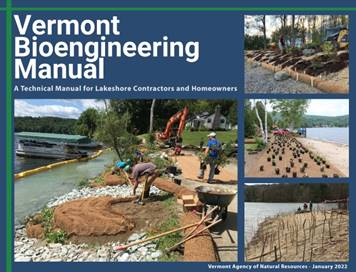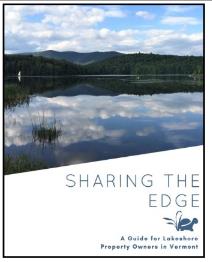
FIRST THINGS FIRST!!
Excellent water quality is highly prized by all Seymour Lake stewards. Read this brochure which you can access here:
Sharing The Edge: A Guide for Lakeshore Property Owners in Vermont
- Who owns the lake
- Shoreland Development
- Shoreline Stabilization
- Aquatic Plants
- Becoming “Lake Wise”
- And includes a list of 9 links to other resources
SLA has purchased a small number of copies of “Sharing the Edge”. If you would use a hard copy, please contact Peggy Barter at [email protected]
Why we MUST care about water quality
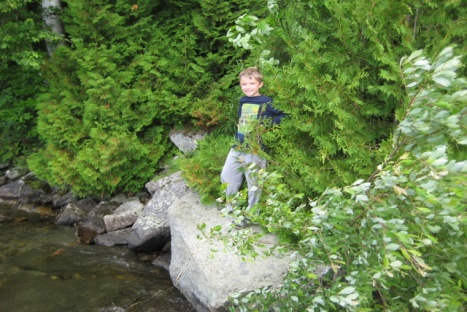
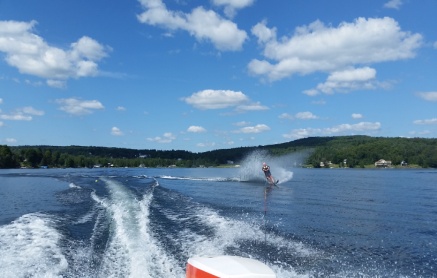
All of the following happens over time when water quality deteriorates:
- Increasingly cloudy water.
- Increasing thick plant growth.
- Less enjoyable swimming and boating.
- Less wildlife.
- Poorer fishing.
- Lower property values.
- Blue green algae blooms.
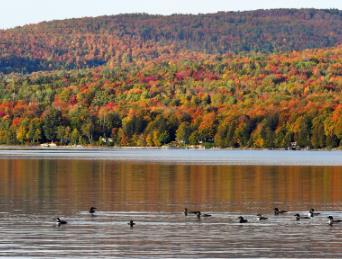
Water Quality Successes
EPA Award Earned in 2020
On September 15, 2020, Seymour Lake Association was honored to be presented with the prestigious EPA (Environmental Protection Agency) Environmental Merit Award for which we had been nominated by Oliver Pierson, Lakes and Ponds Manager for Vermont’s Department of Environmental Conservation. SLA was selected as one of only three recipients in New England in the Environmental, Community, Academia and Nonprofit category!
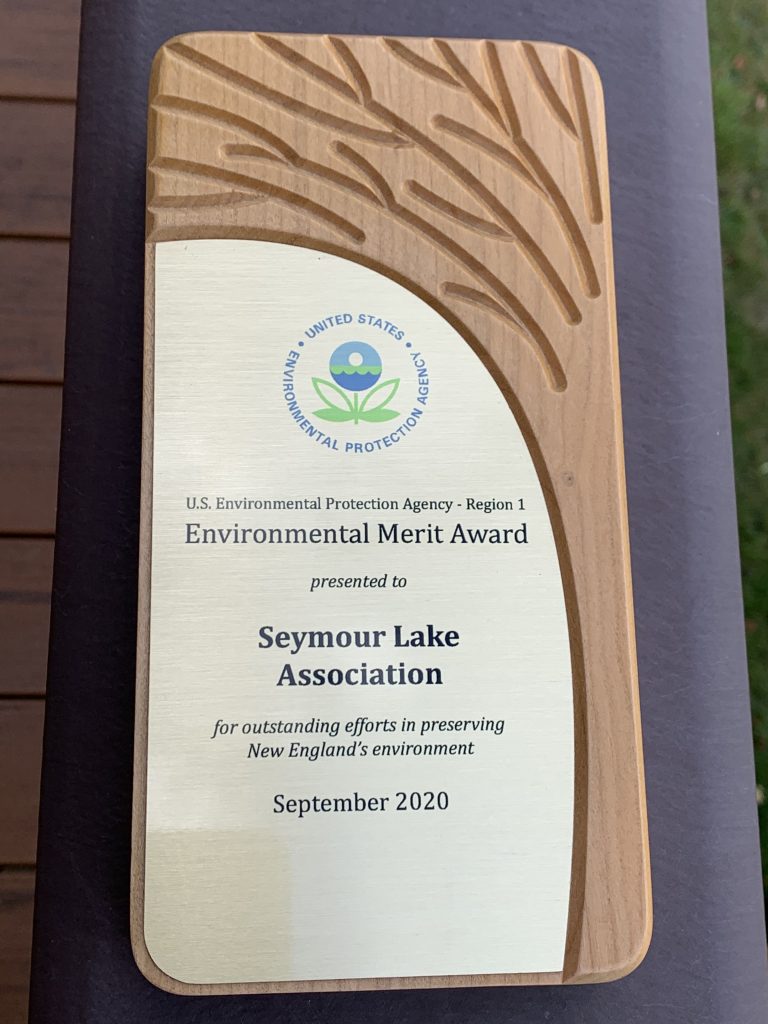
Phosphorus Reduction – SLA’s nomination was based on the fact that our lake community, working together, has diminished and stabilized the level of phosphorus in the lake. Seymour Lake is the only high water quality lake in Vermont which has reversed an increasing phosphorus trend. Also receiving praise in the EPA’s Award Summary is the fact that Seymour Lake has no aquatic invasive species due to our robust boat greeter and education programs. Seymour Lake is again considered a lake with the highest water quality, an achievement due to work of lakeshore owners, farmers, stream bank owners, and all our partners in the watershed.
We had noticed in 2004 that the phosphorus levels were at a higher level than normal, which was very concerning because high phosphorus levels lead to poisonous cyanobacteria (aka blue green algae) blooms. Phosphorus levels increase when natural lakeshore vegetation is disturbed, runoff from local roads is not properly diverted into vegetation, stream banks erode because of removal of natural vegetation and runoff in the uplands increases due to disturbed natural vegetation. Many land owners, especially lakeshore owners, pitched in to make changes in their land management. The Town of Morgan as well as lakeshore road owners applied for grants (Better Back Roads) to conduct road management practices which reduced runoff into the lake.
Gold Lake Wise Award 2017
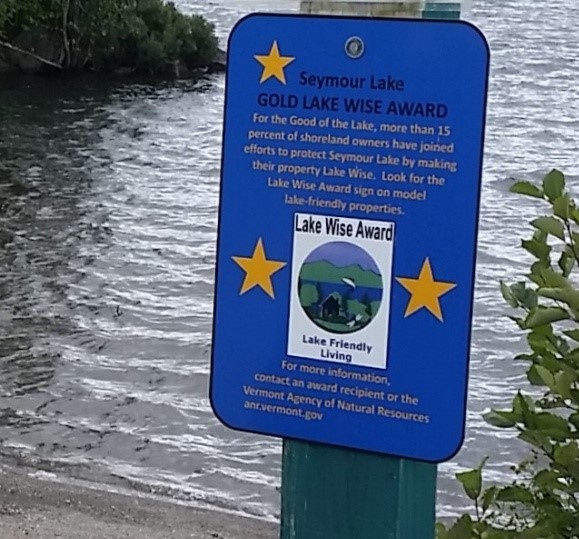
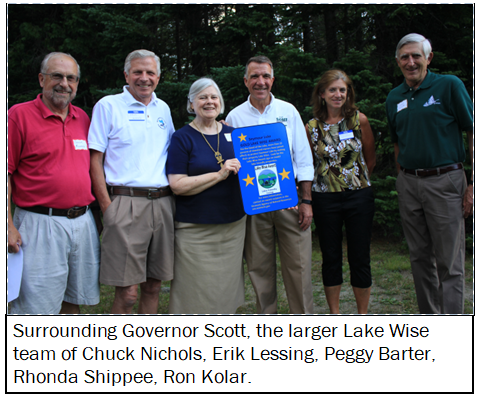
Starting in 2013, Seymour Lake Association has participated in the Vermont Department of Environmental Conservation (VTDEC’s) Lake Wise Program. The goal of Lake Wise is “to establish a new normal, a new culture of lakeshore landscaping that is proven to help protect the lake”. A property that earns the Lake Wise Award will represent a “model” shoreland property. The Lake Wise Award certifies a property is well managed, using shoreland Best Management Practices, and is maintained to care for the lake.
At Seymour Lake, by 2021 about 125 property owners have participated in the Lake Wise Program, with approximately 50 properties receiving the Lake Wise Award and at least 35 more properties receiving Lake Wise certificate.
In 2017, two weeks after Echo Lake became Vermont’s first Gold Lake, Seymour Lake became Vermont’s second Lake Wise Gold lake.
What can property owners do to help maintain Seymour Lake’s water quality?
- If you rent your place leave this flyer, Visiting the Water’s Edge, A Guide for Lakeshore Renters for your guests: click here
- Use this link to learn how to care for your septic system: click here
- Keep your DUFF! Or allow duff to accumulate! Keep only as much lawn as you truly use. Mowed grass does not slow down runoff, nor does it support the life of creatures which live in DUFF. Duff is everything which falls on the soil and forms a spongy layer under trees, shrubs, perennials and ground covers. Duff filters runoff, absorbs runoff and is home to a variety of tiny living things. Among the living things are some which later enter the lake to eat blue green algae and many are food for tiny fish, crayfish and other similar creatures which in turn feed larger animals such as lake trout, bass, loons, and mink. Fireflies need duff for part of their life cycle, so more duff equals more fireflies to watch in the evening.
- Contact Northwoods Stewardship Center for help in controlling phragmites and Japanese knotweed on your property. These plants crowd out native plants which causes wildlife to die from lack of food, allow erosion of the lake’s shore and can even damage dwellings. Contact Sam Perron at 802.723.6551.
- Learn to recognize native aquatic plants when you are out and about on the lake. click here
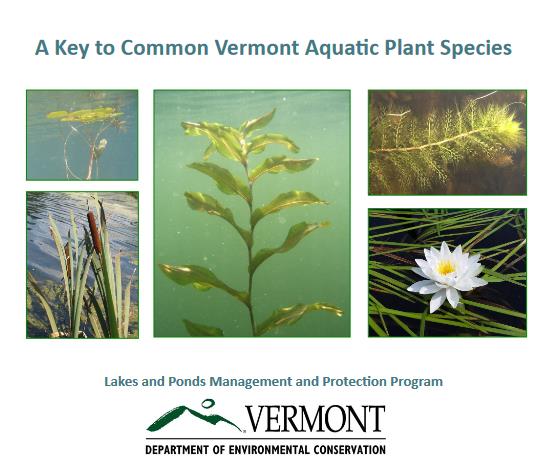
- To become familiar with Vermont’s Lake Shore Permitting Rules for lake shores, lake encroachment and to report a potential lake shore violation visit: click Here
- Maintain a good mix of native trees, shrubs, herbaceous plants and duff on most of your lake shore. For help see A Guide to Healthy Lakes Using Lakeshore Landscaping: click here
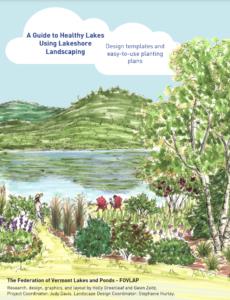
- Volunteer to have your property evaluated by Lake Wise. Contact any Water Quality Committee member to learn how or email [email protected]
- Refer to this manual for detailed lake shore management practices: click here
